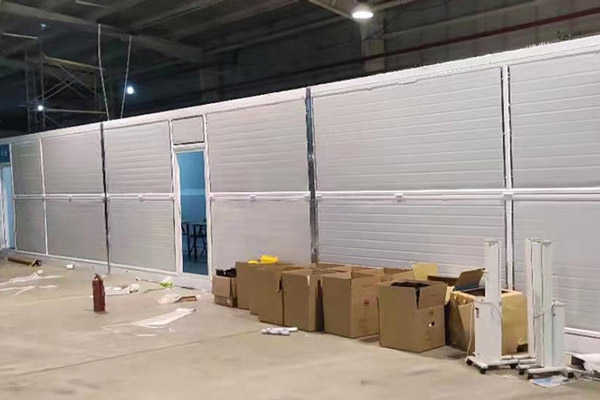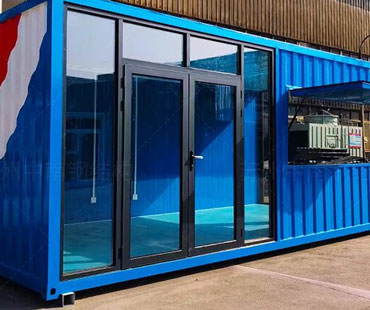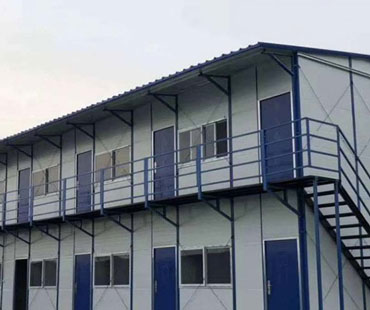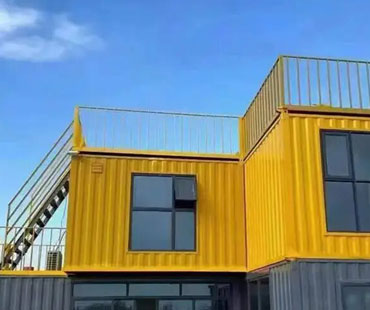Choosing the right steel containers is essential for effective logistics and transportation management. Steel containers are widely used in various industries due to their durability, security, and versatility. However, selecting the appropriate type of container for specific needs can be challenging. This article will outline key factors to consider when choosing steel containers and best practices to ensure optimal selection.
1. Understand Your Cargo Requirements
a. Type of Cargo
The first step in choosing the right steel container is to understand the type of cargo you will be transporting. Different types of cargo may require different container specifications. For example:
-General Cargo: Standard steel containers (20ft or 40ft) are suitable for general goods.
-Heavy Equipment: Flat rack containers may be needed for oversized or heavy machinery.
-Temperature-sensitive Goods: Reefer containers (refrigerated containers) are essential for transporting perishables like food and pharmaceuticals.
b. Weight and Volume
Consider the weight and volume of your cargo. Each steel container has a maximum weight limit, known as the payload capacity. Ensure that the container you choose can accommodate both the weight and volume of your cargo without exceeding these limits.
2. Container Specifications
a. Size
Steel containers come in various sizes, with the most common being 20ft and 40ft. Selecting the right size is crucial to optimize space and reduce shipping costs. Consider:
-Loading Efficiency: Choose a size that maximizes the loading capacity relative to the amount of cargo.
-Transport Mode: The size may also depend on the mode of transport (ship, truck, or train) and the available loading dock space.
b. Container Type
Different types of steel containers serve various purposes:
-Standard Containers: Ideal for general use and everyday cargo.
-Open Top Containers: Suitable for tall loads that cannot be loaded through the doors.
-Flat Rack Containers: Best for heavy machinery and large items that require support from underneath.
-Tank Containers: Designed for liquid cargo, ensuring safe transport of chemicals or food-grade liquids.
3. Durability and Material Quality
a. Steel Grade
The quality of the steel used in the container affects its strength and durability. Ensure that the container is made from high-grade steel, which is resistant to corrosion and damage. Look for containers that are treated with protective coatings to enhance longevity.
b. Condition of the Container
When purchasing or leasing a steel container, assess its condition:
-New vs. Used: New containers offer reliability, while used containers can be more cost-effective. If opting for used containers, inspect them thoroughly for any signs of wear, rust, or structural damage.
-Repairs and Maintenance: Consider containers that have been well-maintained or refurbished, as they often provide better value.

4. Security Features
a. Locking Mechanisms
Security is paramount when transporting valuable goods. Choose containers with robust locking systems to prevent theft and unauthorized access. Look for features such as:
-High-security padlocks
-Lockable doors
-Reinforced locking mechanisms
b. Structural Integrity
Ensure the container’s structure is intact, with no signs of damage that could compromise security. Check for:
-Rust or corrosion: Inspect the exterior and interior for signs of degradation.
-Dents or repairs: Look for any past repairs that could affect the container's integrity.
5. Compliance and Regulations
a. International Standards
Ensure that the steel container meets international standards set by the International Organization for Standardization (ISO). Compliance with these standards ensures that the container is suitable for global shipping and meets safety requirements.
b. Local Regulations
Familiarize yourself with local regulations regarding container transport, including weight limits, size restrictions, and specific requirements for hazardous materials.
6. Cost Considerations
a. Budget Constraints
Establish a budget for your container purchase or lease. Consider not only the initial cost but also long-term expenses such as maintenance, repairs, and potential modifications.
b. Value for Money
Evaluate the overall value of the container in relation to its features, durability, and suitability for your specific needs. Sometimes, investing a bit more in a high-quality container can save costs in the long run due to reduced maintenance and increased reliability.
Choosing the right steel container is a crucial decision that can impact your logistics efficiency, cost-effectiveness, and overall business success. By understanding your cargo requirements, evaluating container specifications, and considering factors like durability, security, compliance, and cost, you can make informed decisions that align with your operational needs.
Engaging with knowledgeable suppliers, planning for future needs, and considering sustainability will further enhance your selection process. Ultimately, the right steel container will not only protect your cargo but will also contribute significantly to the efficiency and reliability of your logistics operations.


